Homeowners Insurance
You Better Watch Out: Holiday Activities Land 30% of Celebrators on the Injured List
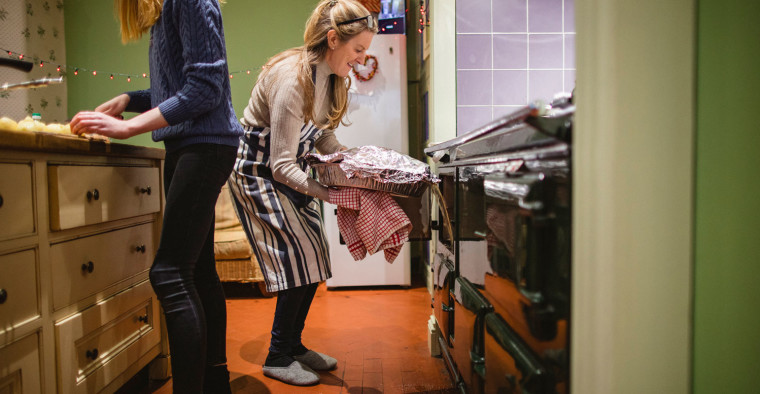
The clock has turned to December, so holiday preparations are well underway for many. Some households have already decorated (inside and outside), while others may do so shortly.
Even though it’s the season to be jolly, it’s also the season to be careful to start 2023 on the right foot. About a third (30%) of Americans who celebrate winter holidays have been injured during various related activities, according to the latest ValuePenguin survey of more than 2,000 Americans about holiday hazards from gift-wrapping cuts to cooking injuries.
Keep reading for insight into common holiday mishaps and how to avoid them.
On this page
Key findings
- 95% of Americans celebrate the holiday season, but the most wonderful time of the year doesn’t come without hazards. 30% of celebrators say they’ve injured themselves during the holidays. Gen Zers are the most injury-prone, with 40% reporting a holiday peril. Most injured consumers didn’t require medical attention, but 24% did, sending them to urgent care, the emergency room or elsewhere.
- Cuts from opening or wrapping packages or gifts are the top thing landing celebrators on the injured list. 13% of injured celebrators cite cuts, followed by slipping or tripping outdoors (11%) and cooking injuries from holiday meals (10%).
- The tree isn’t the only thing getting lit. 12% of celebrators who were injured say they were intoxicated. Last year’s holiday hazards survey found that 18% of respondents admitted to setting up their tree while drunk. (More on trees — including the artificial versus real debate — later.)
- Decking the halls can also come with risks, with 78% of celebrators who’ve put up holiday lights saying they’ve left them on overnight. The Consumer Product Safety Commission (CPSC) highlights that holiday lights can pose hazards if not maintained correctly. The age of lights plays a significant safety role, too, as 27% say their oldest holiday lights are at least 5 years old. That’s a major risk as electrical problems are responsible for about a third of home Christmas tree fires.
- Fur babies aren’t immune to failed festivities either, with 47% of pet owners saying their animals have messed up or destroyed holiday decorations, posing risks to both pets and humans. Among pet owners, Americans making six figures (59%), Gen Zers (58%) and Americans with young children (53%) are the most likely to say theirs wreak havoc on decorations.
3 in 10 celebrators injured during holiday activities
The majority (95%) of Americans plan to celebrate this season in one form or another, but a solid chunk of people have good reason to worry about what the holidays hold. Nearly a third (30%) of celebrating respondents admit to injuring themselves during holiday activities, led by Gen Zers ages 18 to 25 at 40%.
While Gen Zers are the most holiday injury-prone, they’re followed by:
- Consumers with children younger than 18 (39%)
- Americans making $100,000 or more (39%)
- Americans making $75,000 to $99,999 (36%)
- Millennials ages 26 to 41 (36%)
Nearly a quarter (24%) of injured celebrators required professional medical attention at an emergency room, urgent care or elsewhere.
If you need to visit an emergency room or urgent care on the fly, make sure you understand your health insurance coverage to avoid the risk of a surprise out-of-network bill.
Cuts, slips, trips: How celebrators are getting hurt
There are a lot of different ways that people can get hurt during the most festive time of the year. To start, 13% of injured celebrants say they cut themselves while wrapping or opening gifts — highest among the potential responses. And injuries aren’t solely inside, as 11% report slipping or tripping outdoors — second-highest.
Here’s a full breakdown of how celebrators have been injured during holiday activities:
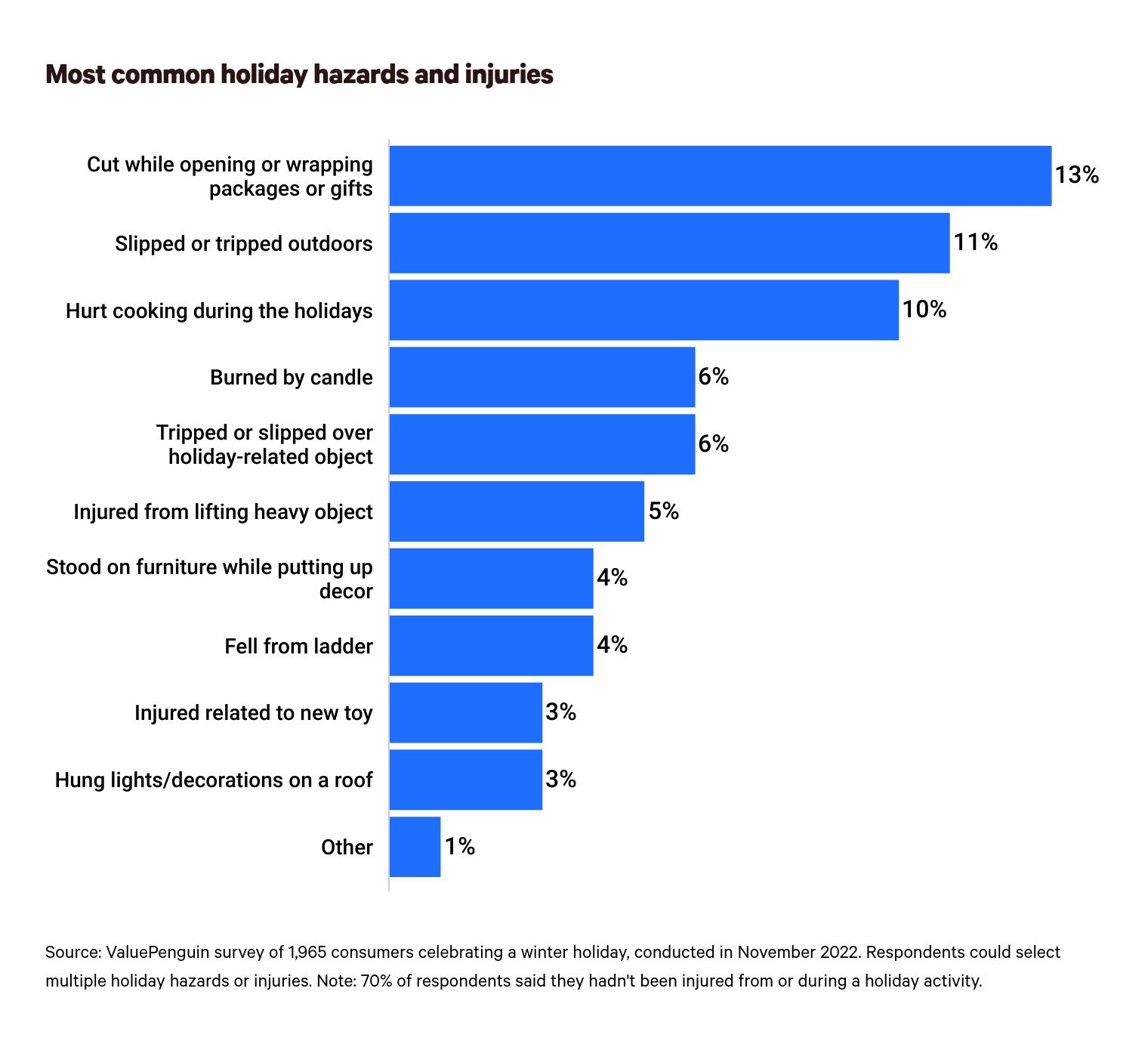
The third most common holiday injury is cooking-related (10%). Women celebrators are most likely to get injured while cooking (13% — nearly two times more than men at 7%) — followed by Gen Xers ages 42 to 56 (12%), six-figure earners (12%), Americans with kids younger than 18 (12%) and divorced Americans (12%).
While we’re focusing on holiday activities in this survey, cooking injuries are an issue year-round. A May 2022 study found that emergency department visits from grilling injuries jumped 18% in 10 years.
12% of injured celebrators say they were intoxicated
If someone is looking to avoid injuries this holiday season, they may want to skip the spiked eggnog, as 12% of those who were injured say they were intoxicated.

"People are more likely to get injured while they’re intoxicated because of the way alcohol affects our bodies," ValuePenguin home insurance expert Nick VinZant says. "Drinking impairs both our physical and mental skills. So, we’re more likely to engage in risky behavior and less likely to be able to carry it out."
Our 2021 holiday hazards survey found that 18% of respondents said they set up their Christmas tree while drunk, which rose to 27% among millennials and 25% among men.
‘We’ll leave the light on’ isn’t just an ad — it’s what Americans are doing with their holiday lights
Keeping things merry and bright does come with risk, as 78% of people celebrating the holiday season admit to leaving their lights on overnight.
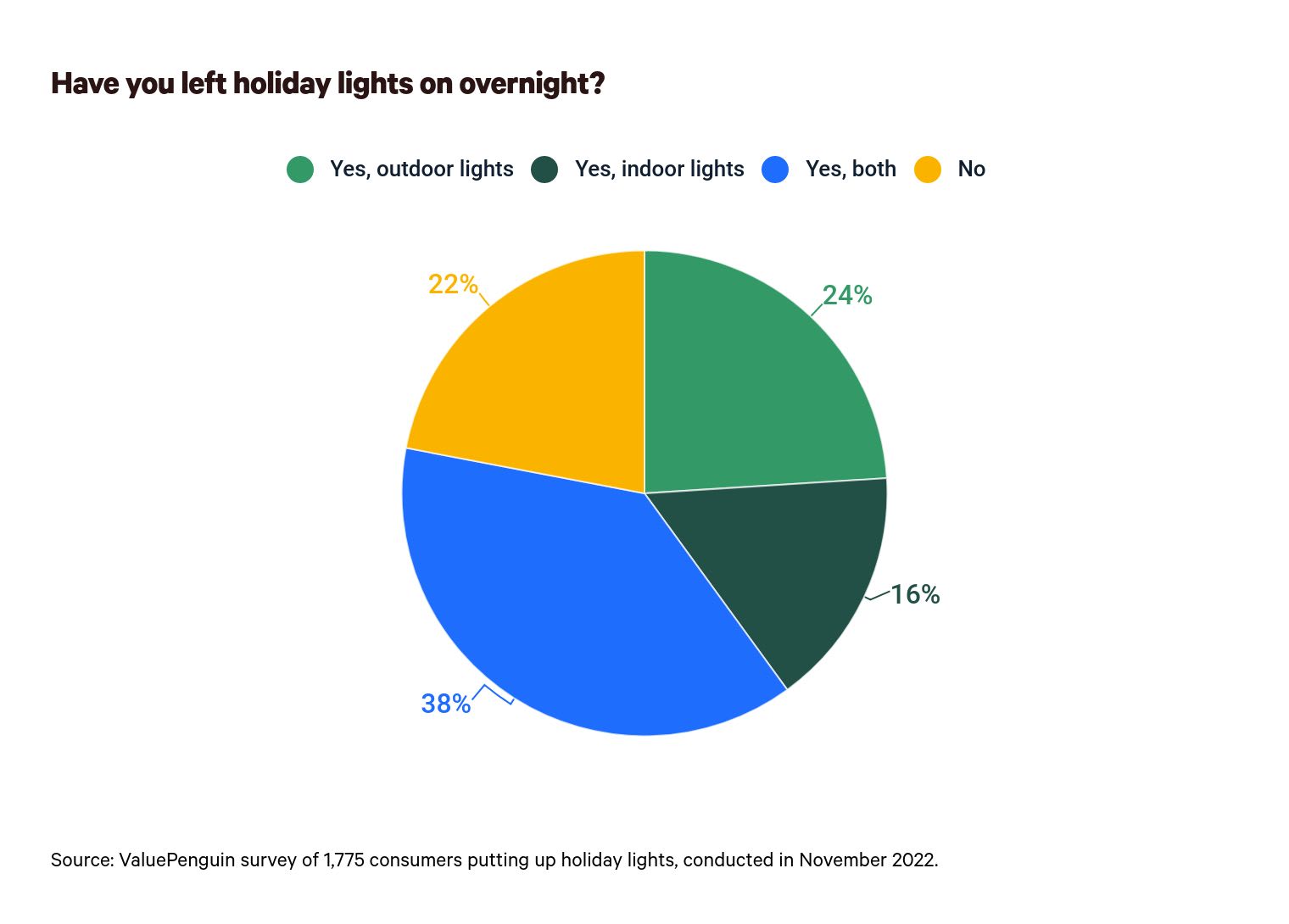
That’s a holiday no-no, according to the CPSC, which notes that you can be even more at risk if you don’t maintain your holiday lights correctly. Who is the most guilty of this holiday faux pas?
The majority of Gen Zers (89%), parents with children younger than 18 (87%) and millennials (86%) who’ve put up holiday lights say they’ve left them on overnight — inside, outside or both.
"Leaving your lights on all night can be dangerous and costly," VinZant warns. "The more wear and tear lights have, the more likely they are to cause electrical problems, which are a major cause of fires."
A key component of maintaining your holiday lights is knowing how old they are. More than a quarter (27%) say their oldest holiday lights are at least 5 years old, including 13% who say they’re 7 or more years old.
Gen Zers (17%) are also the most likely to use lights that are 7 or more years old.
The National Fire Protection Association (NFPA) highlights the importance of turning off all Christmas tree lights before sleep. Speaking of Christmas trees …
Ongoing debate: Real vs. artificial trees
A small amount (6%) of holiday celebrators say they’ve been injured while putting up a Christmas tree, led by six-figure earners (10%) and Gen Zers (10%).
The majority (63%) of celebrators plan to keep things simple by using an artificial tree. Artificial trees are popular across all demographics, but real trees are most popular with:
- Northeast residents (27%)
- West residents (27%)
- Six-figure earners (25%)
- Americans with kids younger than 18 (24%)
- Gen Zers (23%)
- Men (23%)
Another 9% of celebrators plan to have both types of trees. Here’s a full breakdown:
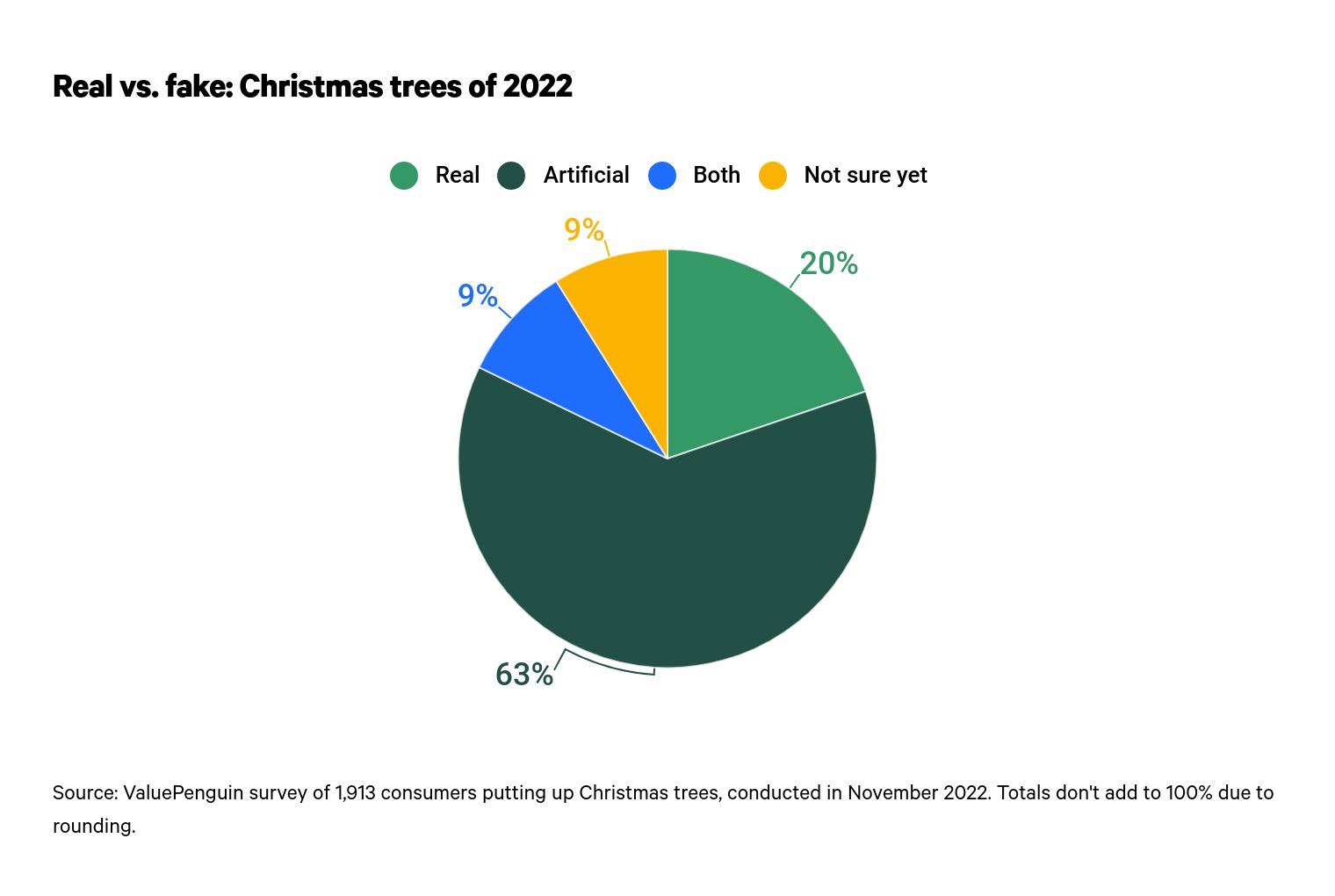
Artificial trees are generally more convenient and affordable since they can be reused, but they also tend to be safer than real trees. The NFPA notes real trees are responsible for a far larger share of reported Christmas tree fires than artificial trees.
Fire departments responded to an average of 160 home fires started by Christmas trees between 2015 and 2019, according to the latest available data from the NFPA. These fires caused an estimated $10 million in property damage.
It’s fine to be on Team Real or Team Artificial (or Team Both). Just make sure you know the best way to manage the type of tree you choose.
47% of pet owners say their animals have messed up or destroyed decorations
It’s important to keep a close eye on your pets during the holiday season, especially if they tend to be a bit mischievous. Almost half of pet owners (47%) report their pets have messed up or destroyed holiday decorations.
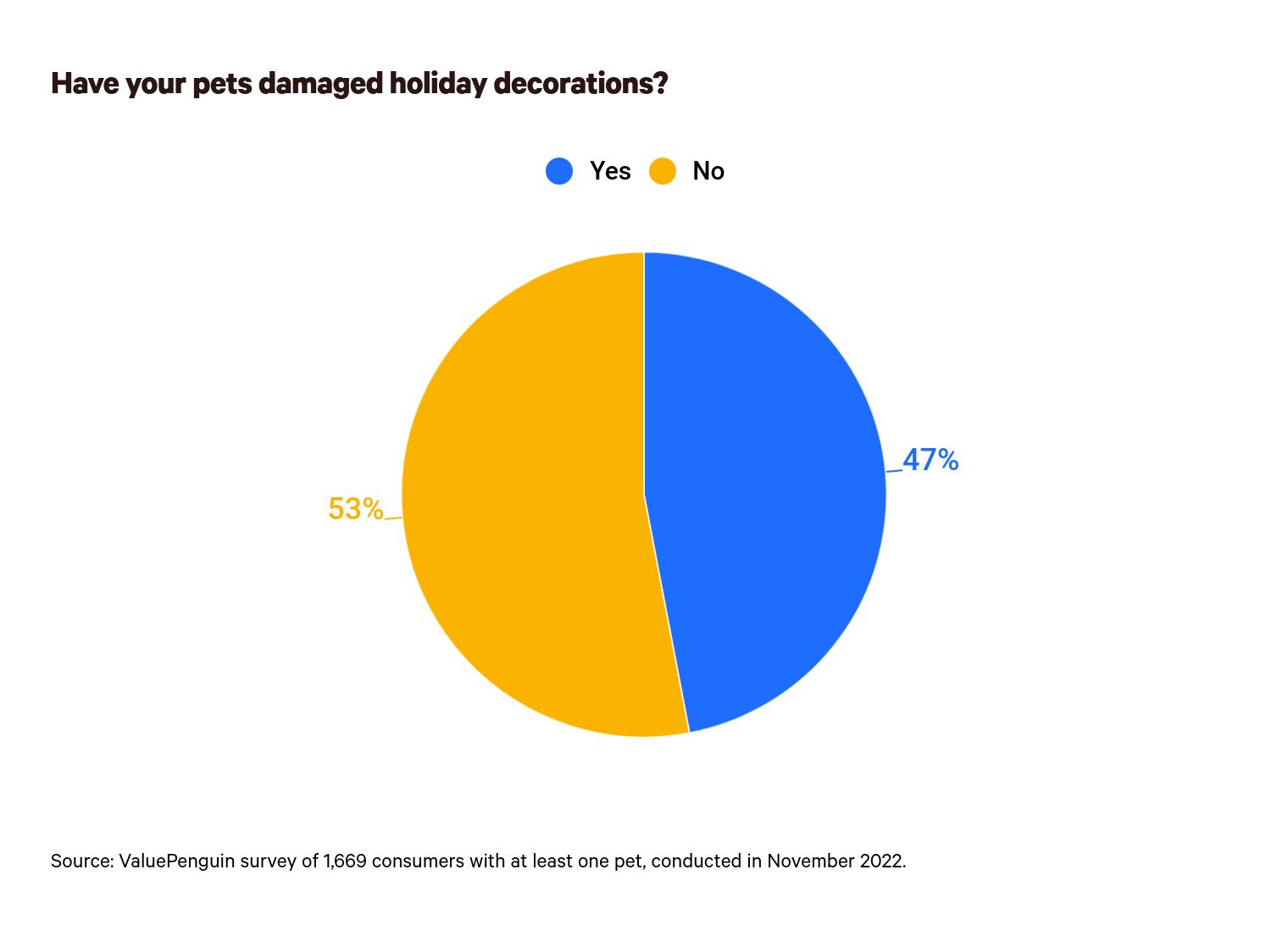
Parents with young children at home have a lot on their plates, so it’s easy to see how 53% had pets sneak off and make a mess of holiday decorations.
Meanwhile, Gen Zers — who are likely newer pet owners due to their age — may find it helpful to get a holiday pet protection plan in place sooner rather than later. Almost 6 in 10 (58%) owners in this generation have had a pet wreak havoc on their holiday decor. They can turn to their favorite baby boomer ages 57 to 76 for tips and tricks on keeping pet paws off their festive decorations. The older generation is the least likely demographic (32%) to have pets cause damage to their holiday trimmings.
Does home insurance cover Christmas hazards?
"Whether it’s your lights, your tree or a grinch stealing your presents, your home insurance covers almost all types of holiday disasters," VinZant says. "Home insurance covers fires, damage to your property, loss of personal property and even liability if something happens to a guest at your holiday party."
According to VinZant, the first thing to know is that when it comes to holiday disasters, there’s a good chance you’re covered if you have a homeowners insurance policy. The second thing is to save receipts and take videos of your presents and any potential damage. Having readily available proof can make the claims process smoother and easier.
"Finally, prepare yourself for a slower-than-usual response," VinZant says. "Many insurance providers will have holiday hours and may take longer to process your claim."
Methodology
ValuePenguin commissioned Qualtrics to conduct an online survey of 2,073 U.S. consumers ages 18 to 76 from Nov. 1 to 3, 2022. The survey was administered using a nonprobability-based sample, and quotas were used to ensure the sample base represented the overall population. All responses were reviewed by researchers for quality control.
We defined generations as the following ages in 2022:
- Generation Z: 18 to 25
- Millennial: 26 to 41
- Generation X: 42 to 56
- Baby boomer: 57 to 76
